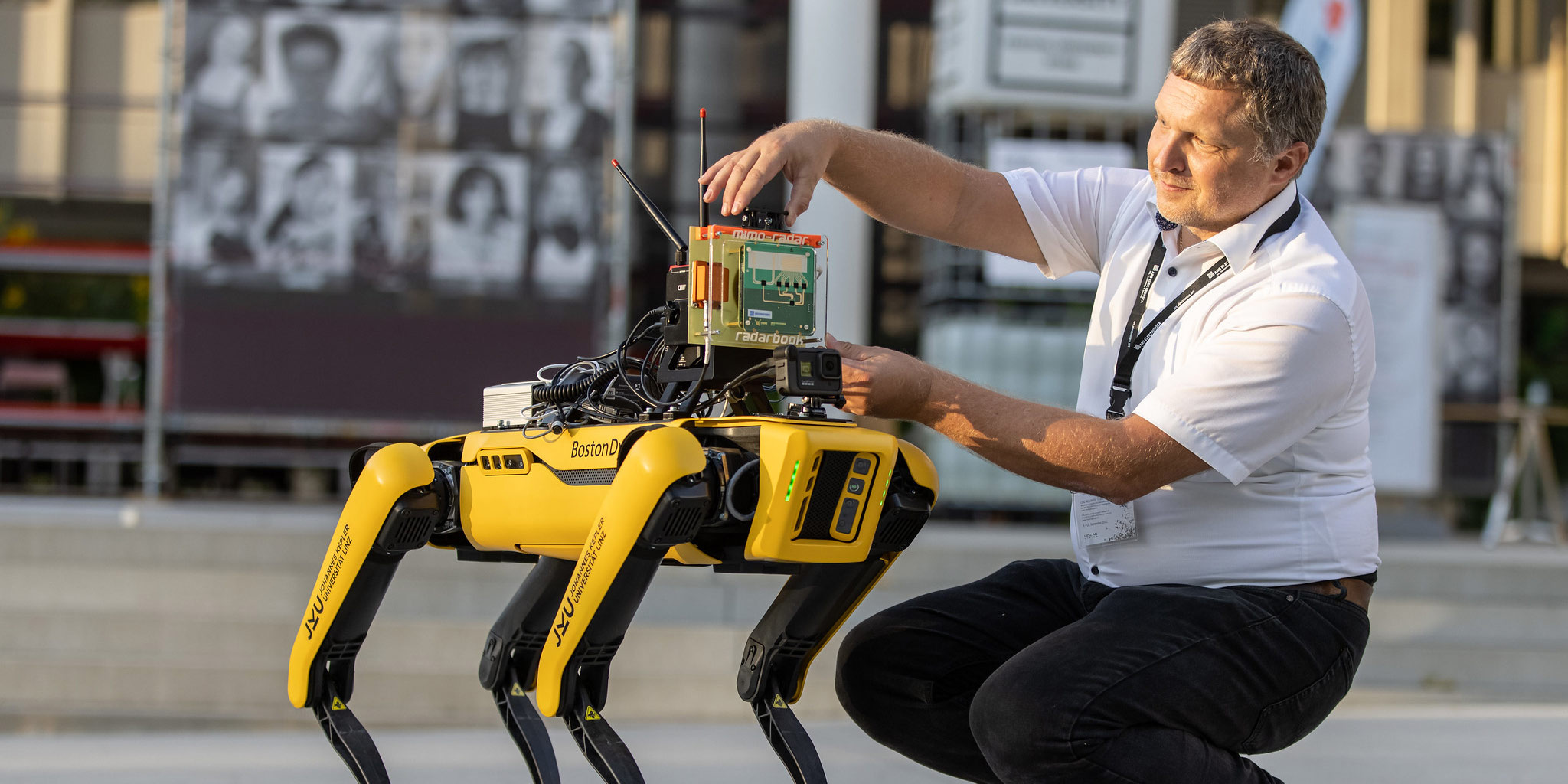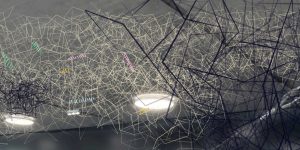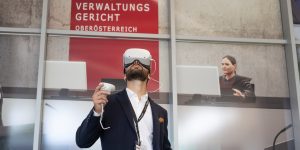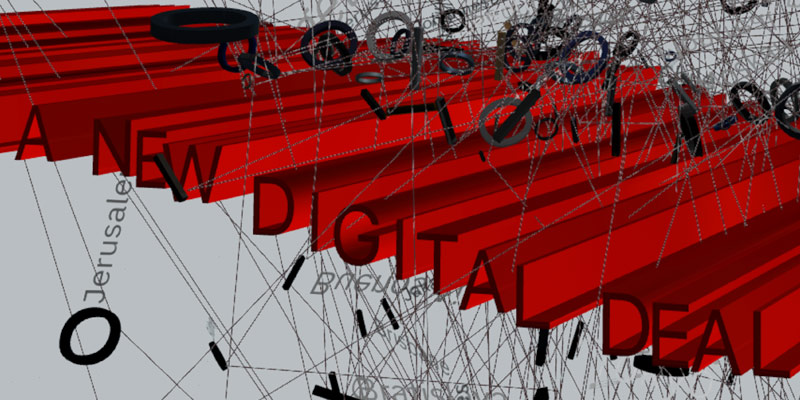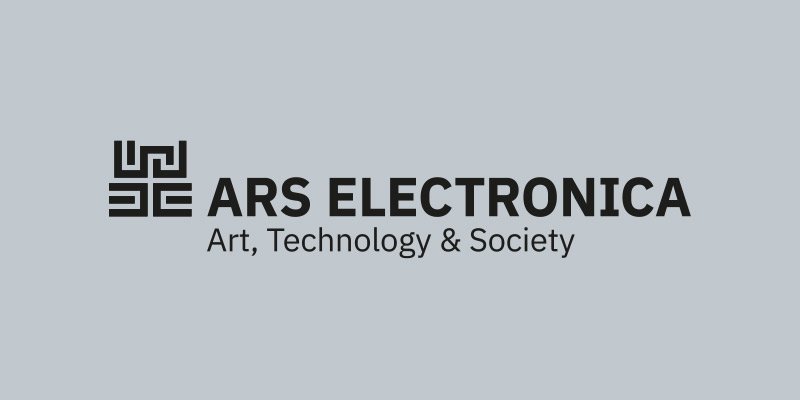Creative Convergences between Art and Science
While art and science once fed from a common source, the two disciplines were steered in separate directions at the end of the Renaissance. The rise of media art in the mid-20th century marks a turning point in this divergent development. Technological and scientific achievements were absorbed by art and advanced to become the raw material of aesthetic expression.
György Kepes, founder of the “Center for Advanced Visual Studies” at the Massachusetts Institute of Technology, wrote in 1956: “The larger the areas that are brought into the same scale and meaning, the more important becomes awareness of form relationships; we focus less and less on the facts themselves and more and more upon their interconnection. Thus, in its evolution, science approaches art.”
In the face of networked systems and life worlds, convergences between art and science are a powerful tool. They unleash creativity, which, against the backdrop of increasingly complex global challenges, is seen as the greatest source of hope for new approaches to solutions. For this reason, Johannes Kepler University Linz forged the alliance “Innovation through Universitas” with the University of Applied Arts Vienna in 2019, and deepened its cooperation with Ars Electronica.
Following last year’s great success, Johannes Kepler University has once again selected a series of university projects in the field of tension between art and research as part of a special call by the Linz Institute of Technology, which will be presented to the public for the first time on the international stage of the Ars Electronica Festival. A total of seven interactive installations and stagings, artefacts and VR applications use artistic approaches as vehicles for breaking down existing structures in the world of science.
Regarding the importance of multiphase flows for water treatment, exhaust gas purification or vaccine production, *Do You Feel Stressed* lets us immerse ourselves in the sound cosmos of bubble columns and provides insights into the laws of hydrodynamics.
In the form of space-consuming crochet and embroidery works, *A Student’s Perspective* visualises data sets that take into account the reality of students’ lives in times of pandemic distance learning.
The constitutional implications of the virtualisation of court proceedings due to Covid-19 are illuminated by the immersive installation *The Virtual Court. Reality*. Visitors find themselves as protagonists in a virtual trial about a controversial industrial plant project, which demonstrates the opportunities and risks that VR and AI technologies hold for legal decision-making processes.
Living chromogenic bacterial cultures form the dyes of an artwork entitled *Growing Colours: Patterning with Living Pigments*. This microbial textile painting illustrates the potential of environmentally friendly dyeing methods for the fashion industry.
With *Music Tower Blocks*, a music recommendation system was created that reacts not only to musical taste, but also to the moods of the user, through an artificial intelligence that sifts through user-generated content. The interface presents itself as a 3D visualization of a city that embodies the system’s entire music catalogue and presents collections of similar songs as skyscrapers.
A Synthetic Aperture Radar, usually used for remote sensing or in self-steering means of locomotion, sharpens the senses of the robot dog Spot. In the course of this project by the Department of High Frequency Systems and the Institute of Robotics at Johannes Kepler University, the prominent quadruped effortlessly navigates through a maze with extremely poor visibility conditions.
The current possibilities and limits of the use of machine learning are explored in three interactive worlds of experience at the LIT Robopsychology Lab. The first installation lures visitors into a forest where they collect virtual mushrooms with the support of an AI-based plant identification app, and have to judge whether or not they trust the artificial intelligence to identify poisonous specimens. The evaluation of AI-supported decision-making aids also determines the VR research game *Serum 13*, which focuses on the development of a vital drug. The video installation *Faces of AI* offers a critical examination of the media images of artificial intelligence, which often stir up fears or are simply false.
These activities at the intersection of art and science open up extraordinary perspectives that provide new insights and impetus for unexpected discoveries. The permanent anchoring of artistic-scientific projects in everyday research is therefore a long-term goal in order to significantly enrich the university’s culture of innovation.
Authors: Christopher Lindinger (AT) & Nina Fuchs (AT)
